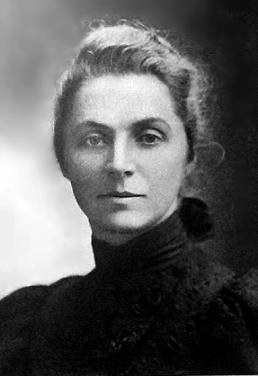 |
| Emily Hobhouse |
42 Lord Sydney Godolphin: Lord High Treasurer, politician and diplomat described by Charles II as 'never in the way and never out of the way'.
 |
| Ann Treneer |
44 Joy Stevenson: St Ives writer, broadcaster and dialect expert, known as 'Maid Lowena'.
45 Silvanus Trevail: 19th century architect from Luxulyan who designed many of Cornwall's great public buildings, often for John Passmore Edwards.
| Richard Carew |
47 Bishop Joseph Hunkin: Mevagissey-born Bishop of Truro (d 1950).
48 Penlee Lifeboat Crew: Eight men - Trevelyan Richards, James Stephen Madron, Nigel Brockman, John Robert Blewett, Charles Greenhaugh, Kevin Smith, Barrie Torrie and Gary Lee Wallis - who gave their lives on 19 December 1981 in an attempt to save the crew of the Union Star coaster.
 |
| Fanny Moody |
50 William Borlase: Pendeen-born antiquarian and the father of Cornish archaeology during the 18th century, he was vicar of Ludgvan for 50 years and a notable opponent of John Wesley.
51 Neville Northey Burnard: Altarnun stonemason and sculptor whose busts included Edward VII, Wesley and Thackery. Feted by London's high society but died a pauper in Redruth.
52 Admiral Edward Boscawen: Lord Falmouth of Tregothnan, a fearless seaman held in such high regard that when he fell out with the government, a supporter wrote: 'That shall not be. It would put the very ocean in a storm and the large continent of Cornwall into a rebellion'.
53 Chris Blount: Newquay broadcaster with BBC Radio Cornwall.
54 Richard Lower: St Tudy-born fellow of the Royal College of Physicians, who performed the first successful blood transfusion before Charles II and a group of scientists in 1660.
55 Richard Nancekivell: Rugby ace, credited for changing the course of the 1991 county championship final at Twickenham when Cornwall won.
56 Francis Bassett: Lord de Dunstanville. Tehidy Mine owner commemorated by monument on Carn Brea. He was a champion of the Royalist cause during the Civil War.
57 John Harris: Minor poet and Methodist lay preacher from Troon who worked underground during the mid-19th century and penned some of the most evocative words about the life of Cornish minors, including the Dolcoath, The Mine and Carn Brea.
 |
| Ann Glanville |
59 Sir Humphrey Arundell: Leader of the Prayerbook Rebellion of 1549 who, along with thousands of other Cornish, opposed the imposition of the Book of Common Prayer on the grounds that the Cornish had been accustomed to the Latin Mass and were unable to understand the English text. Defeated at Exeter and executed.
60 Edward Pellow, Viscount Exmouth: Royal Navy Admiral liberator of slaves who sacked Algiers during the 19th century anti-slavery campaign.
| http://www.thecornishstore.com/shopp388363908?c=1104851510 |
No comments:
Post a Comment